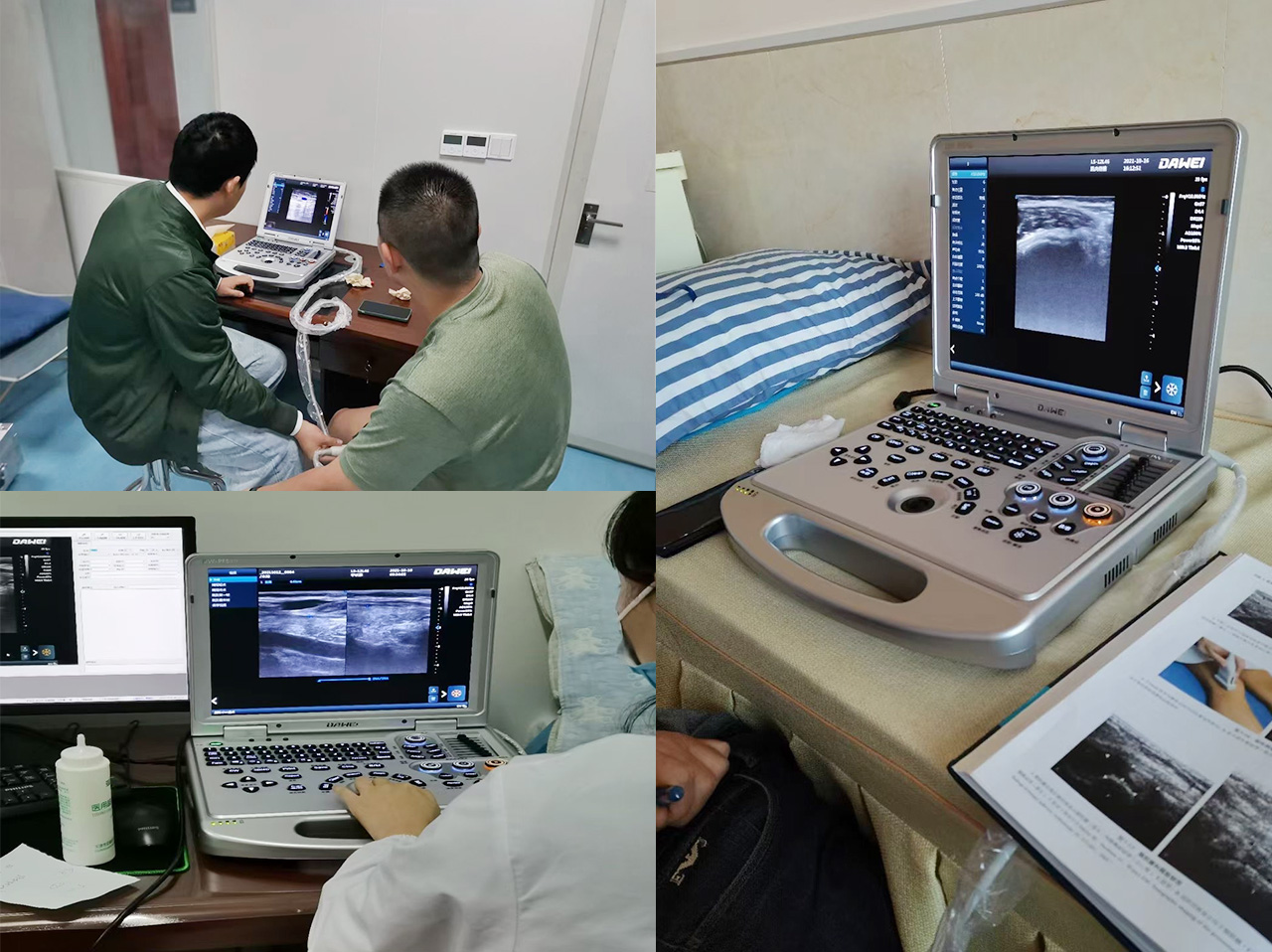Musculoskeletal ultrasonography (MSKUS) is one kind of diagnostic technology of ultrasonography applied in musculoskeletal system. Its unique advantages, such as easy operation, realtime imaging and high resolution, enable MSKUS to be widely applied in the diagnosis, intervention, outcome measures and followup of musculoskeletal diseases. MSKUS can dynamically show the anatomical, motor function, and pathological changes in the muscle, tendon, ligament, nerve, cartilage and bone, and plays an important role in rheumatology, neurology, orthopedics and rehabilitation as one main imaging modality. The new technologies of ultrasonography, including contrastenhanced ultrasound, elastography, and so on, will further push the development of MSKUS.
Previously, ultrasound was unable to diagnose bones because of the high density of bones for the ultrasound beam to penetrate. Nowadays, since the resolution of ultrasound is getting higher and higher, high-frequency ultrasound can be applied to musculoskeletal examinations.
Musculoskeletal ultrasound can generally examine various skeletal joints, such as shoulder joints, elbow joints, hip joints, knee joints, ankle joints, etc. During the inspection, the main observations are whether there is thickening of the synovial membrane and fluid accumulation in the joint cavity. Rheumatic diseases may have thickening of the synovial membrane, which can be changed by different sonograms to provide clinical diagnostic evidence. Muscles can also be inspected. If the patient is injured due to pain, he or she needs to check the muscles for hematomas and muscle lacerations, which can be judged by ultrasound.
With the continuous update and iteration of ultrasound equipment, segmentation and specialty will be the trend.
The following is the installation of Dawei Medical’s DW-L5Pro model in the Affiliated Hospital of the Chinese Army Military Medical University.
High-resolution, cost-effective products have won good feedback from customers.
Post time: Oct-26-2021





